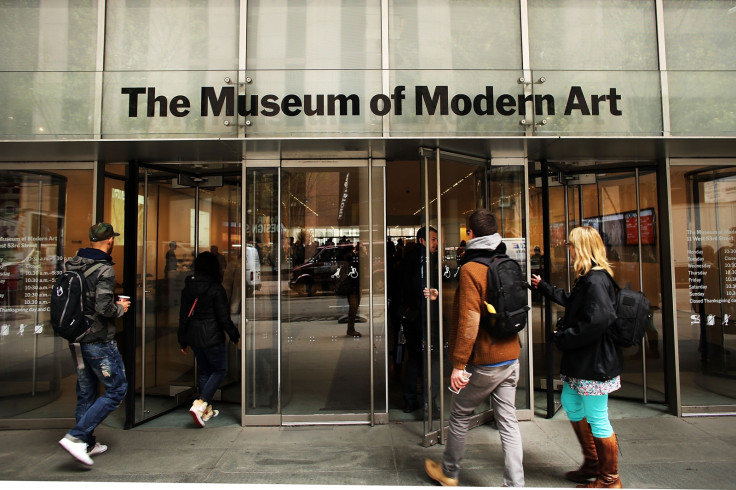New York's Museum of Modern Art acquires world's first set of emojis
The simple, 12-pixel-by-12-pixel images included a smiley face, a musical note, zodiac symbols and more

New York's Museum of Modern Art announced on Wednesday (26 October) that it has acquired the world's first set of 176 emojis developed by Japanese mobile carrier NTT DOCOMO back in the late 1990s. The original set was a gift from the phone company, Nippon Telegraph and Telephone.
Designed by Shigetaka Kurita for the company's i-mode mobile internet system in 1999, the simple, 12-pixel-by-12-pixel images included a smiley face, a musical note, a cocktail, hearts, a peace sign and zodiac symbols among others.
The rudimentary emojis soon became an instant hit and were quickly replicated by other rival companies across Japan. Inspired by manga, Chinese characters and commonly used emoticons, Kurita designed the typographical set of emoji as an easier way to communicate and incorporate images in the limited visual space on cell phone screens.
Emojis remained a mostly Japanese phenomenon until 2010 when they were incorporated into the international computing standard, Unicode. After Apple added an emoji keyboard to its iOS messaging app on iPhones in 2011, the emoji trend took off globally.
"Emoji tap into a long tradition of expressive visual language," Paul Galloway, MoMA architecture and design collection specialist, wrote in a Medium post. "Images and patterns have been incorporated within text since antiquity... When combined with text, these simple images allow for more nuanced intonation. Filling in for body language, emoticons, kaomoji and emoji reassert the human in the deeply impersonal, abstract space of electronic communication."

Since then, emojis have exploded as simple, fast and ubiquitous way to communicate. The Unicode Consortium recognizes almost 1,800 emojis in its constantly growing and evolving collection, including a dancing woman in a red dress, wine, pizza, a wide variety of racially diverse smileys and more
Some of the museum's other digital acquisitions include the @ symbol and video games such as Pac-Man, Tetris and SimCity 2000. MoMA plans to display its 176-emoji set through the end of the year in its main lobby using 2D graphics and animations whilst connecting the old emojis with their more current counterparts.
"[Emojis] as a concept go back in the centuries to ideograms, hieroglyphics, and other graphic characters, enabling us to draw this beautiful arch that covers all of human history," Paola Antonelli, senior curator of MoMA's department of architecture and design said. "There is nothing more modern than timeless concepts such as these."
© Copyright IBTimes 2025. All rights reserved.





















